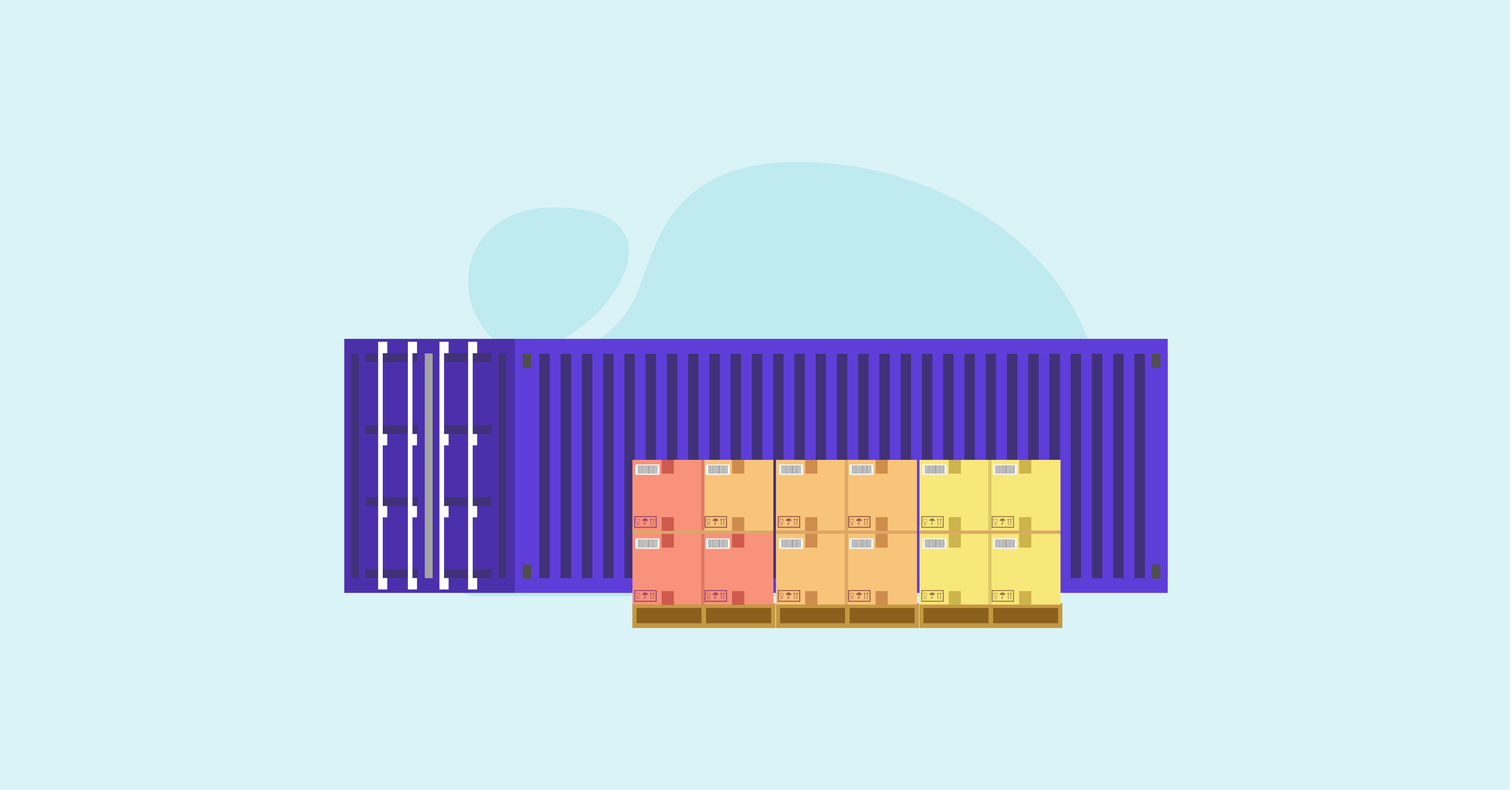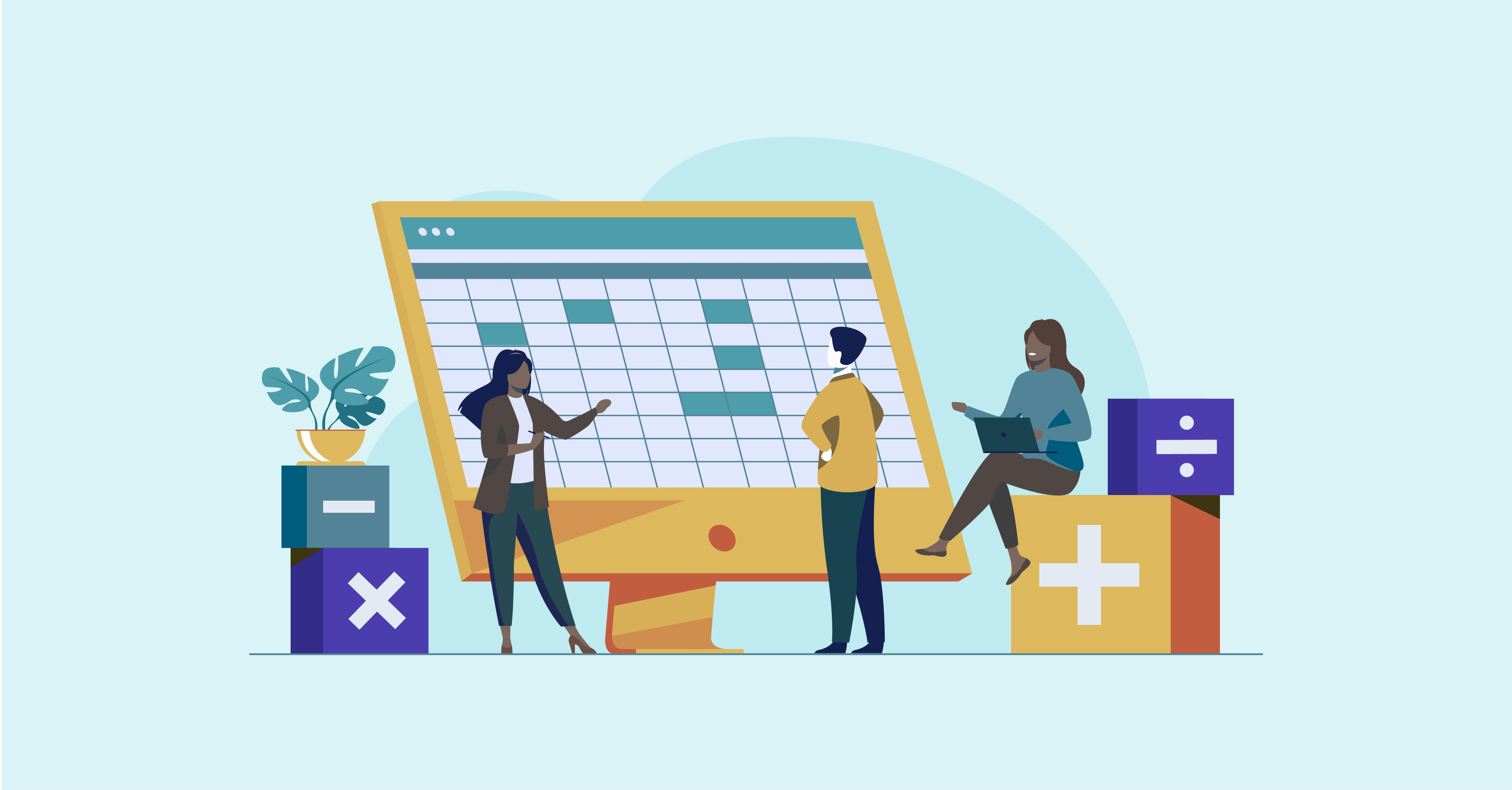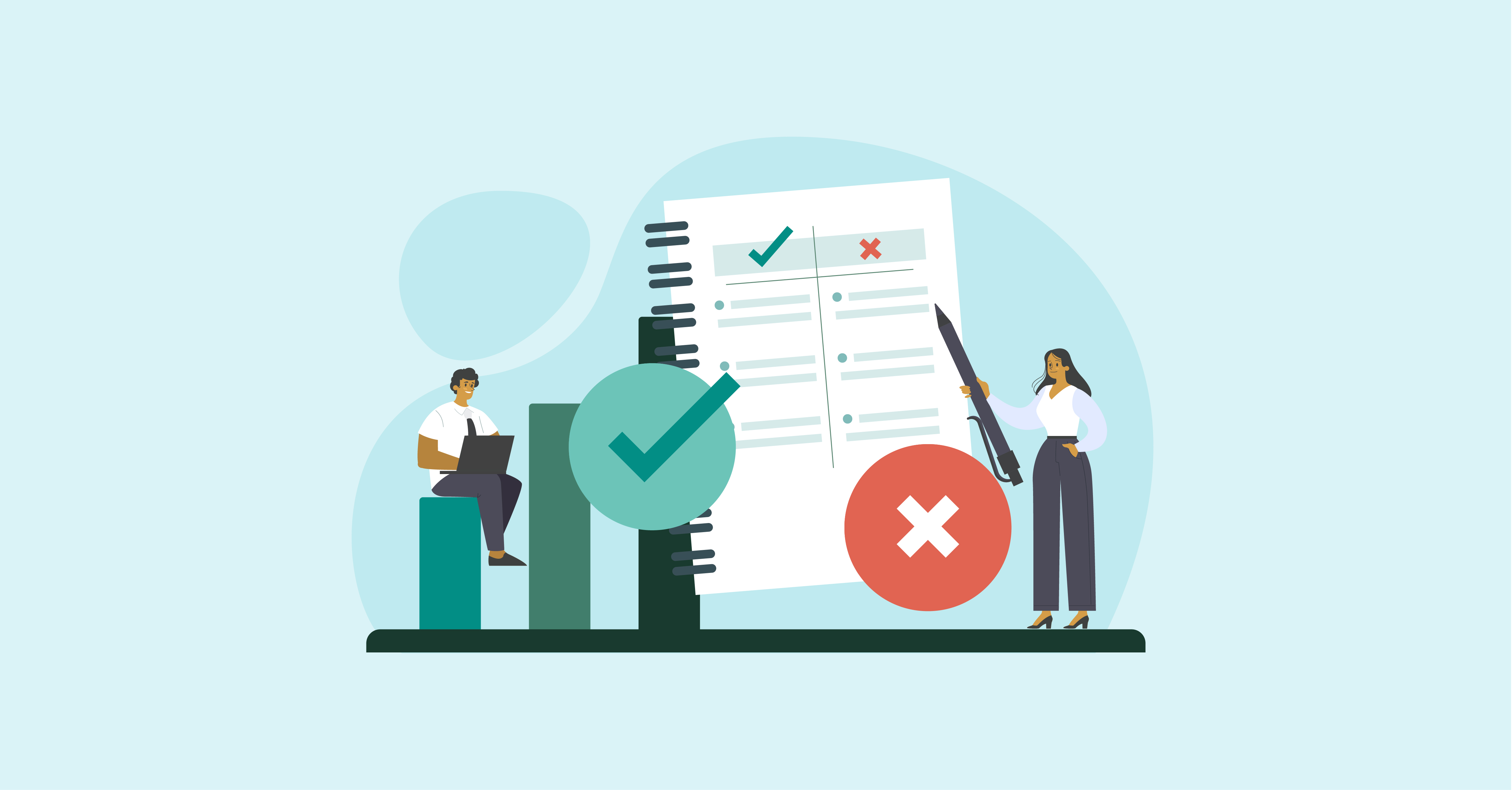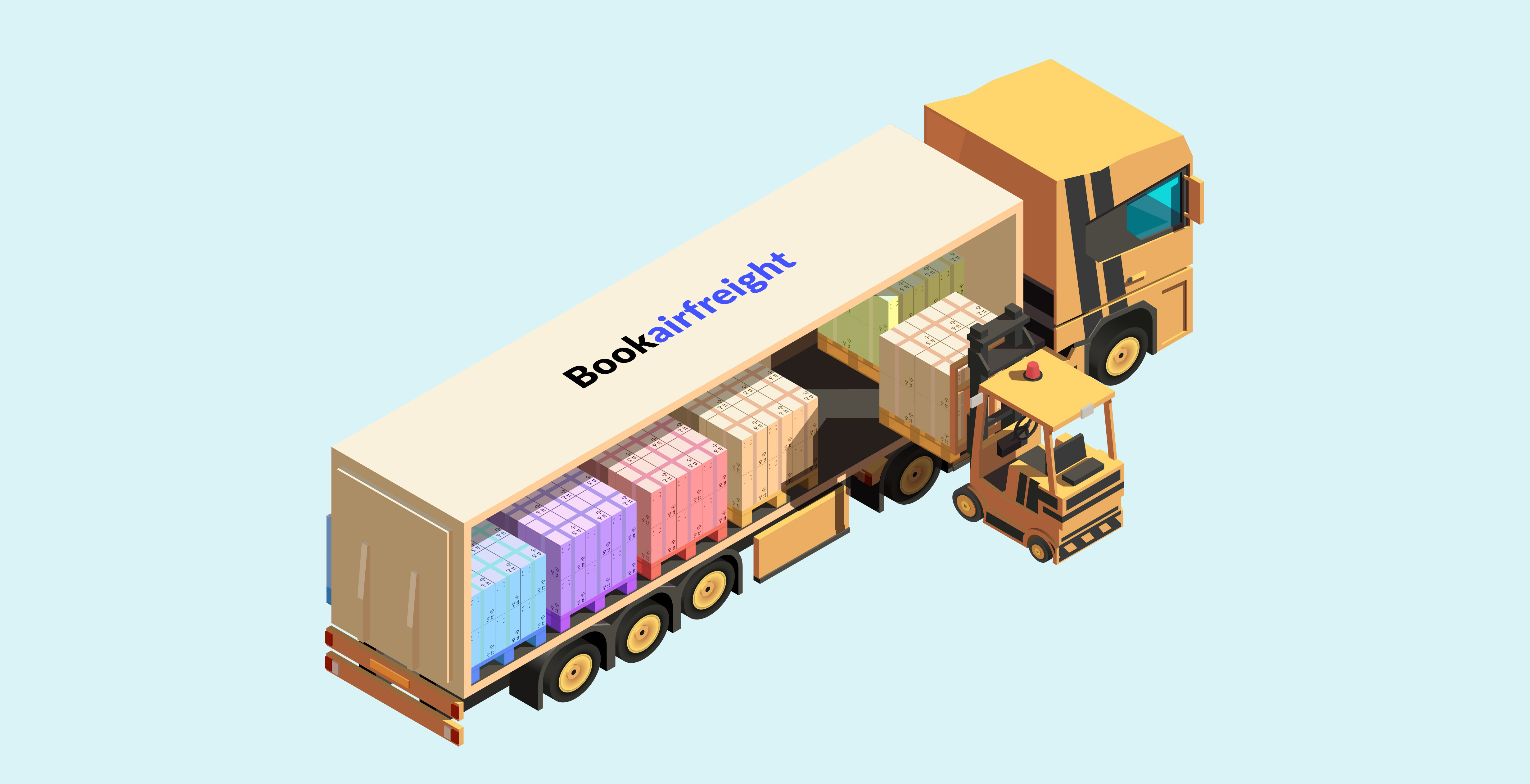Are you an importer looking to understand the different freight options available to ship your goods?
LCL shipping stands for “Less than container load”, and is a method of ocean freight where importers share a container with goods from other companies.
Read on to gain all the information you need to make an educated decision about whether LCL makes sense for your shipment.

What is LCL?
LCL, or less than container load, is an international transportation channel where the importer places their pallets in a container with the cartons and pallets of other companies.
⚠️ An important note - don’t confuse Less than Container Load with Loose Cargo Load.
Loose cargo is freight that isn’t shipped in a container - either because it’s not packaged or does not fit in a standard container. Think massive machinery or commodities like grain or gravel. For a small e-commerce company, LCL will almost certainly refer to “Less than container load”

How to calculate LCL shipment costs
Understanding LCL shipments costs is trickier than FCL, because you are paying based on the space you take in the container vs paying a flat fee for the container itself.
Dimensions and weight of cargo
Your pricing will mainly be based on the weight of your cargo, calculated by the larger of its gross weight or volumetric weight, which is a conversion of shipment dimensions into a weight value.
We wrote an article about this type of calculation HERE (linked). Once the chargeable weight is determined, LCL per-kg pricing is multiplied by the weight.
Origin and destination port
Just like you would pay different fees shipping parcels to and from different locations, ocean freight to different states in the US will yield different pricing.
Oftentimes there is one port that a freight forwarder will ship everything to, and then last mile delivery could take them to different states. Therefore a shipment to Los Angeles (which is right next to a port) versus Nebraska (middle of the country with no ocean around), will have a pretty large price difference.
Click here to get an example of different LCL freight costs (Link to ocean freight calculator)
Type of Incoterm used (Different incoterms have different costs and liabilities)
Incoterms are the contractual terms between the seller of the items being imported and the buyer.
The different incoterms place financial responsibility for the shipment at different stages of the shipping process. The most relevant ones are DDU and DDP.
Both of these refer to a door-to-door service - the shipping cost will cover pickup from the factory to last-mile delivery to the warehouse.
With DDU, you as the buyer need to cover tax and duties.
With DDP, the price you pay for shipping will cover tax and duties. This can be the difference between thousands of dollars of dollars of fees!

Advantages and disadvantages of LCL
When coming up with a comprehensive shipping plan, it’s important to understand when LCL makes sense over air freight or FCL ocean freight. Depending on what your business needs are, it’s a tradeoff of product safety, transit time, and of course cost.
LCL vs Airfreight
1. Price by weight and volume
LCL ocean freight will cost somewhere in the range of 30% of air freight.
As shipment weight gets closer to the 300-500kg range, this is a substantial amount of money saved. If price sensitivity is the driving motivator behind a shipping channel, ocean freight will almost always win out.
2. Transit time
There are multiple LCL ocean freight channels available with different transit times.
“Slow boat” (i.e. multiple port stops on the way to the final port) can take upwards of 60-70 days for door-to-door delivery.
“Fast boat” (direct ocean line) can take under 35 days for door-to-door delivery.
This is still significantly slower than air freight - the slowest air freight channels take 20 days for door to door delivery on the high end, and as low as 6 days delivery with express courier.
3. Product safety (Security, tracking etc)
Catastrophic shipping issues are quite rare, but LCL ocean freight can be considered the “least secure” form of international delivery for the goods:
Your goods share a container with other companies’ goods. This means they can be damaged by those goods. Liquids can escape containers, other cartons can slide on top of yours, etc.
• The boat’s motion can be erratic, causing damaging movement.
• Due to the nature of consolidated shipments, more parties will need to physically move your goods. This is another potential point of failure where damage can occur.
In contrast, air freight requires fewer parties, is more restrictive with what can be shipped, and is a more physically stable transportation channel. When product safety is a top priority, air freight makes more sense.
4. Product Type (Perishables, dense goods, restricted goods etc)
Compared to air freight, LCL ocean freight is less restrictive for product types - products containing lithium batteries, liquids, powders, cosmetics, etc are all easier to ship using ocean freight than air freight.
Generally, air freight is utilized for lighter, higher valued goods, and ocean freight is ideal for heavier goods that can sustain a small amount of damage during transit (if any at all).
5. Convenience
From an overhead perspective, when working with a freight forwarder, choosing air freight vs ocean freight is interchangeable.
Ocean freight, however, is sensitive to port congestion causing transit time volatility. This was seen in the Port of Los Angeles in the summer of 2021.
6. Paperwork/Regulations
The core documents are the Commercial Invoice and Packing list.
This is needed whether you ship ocean LCL or air freight. After that, depending on the type of goods being shipped, there may be additional documentation. See our shipping documents library here.
LCL vs FCL
1. Price by volume
Because FCL is a flat fee for the entire container, the more goods that can be fit into it the better the savings are.
For companies with significant shipping volume (> 15 cubic meters), this option yields substantial savings over LCL.
2. Product safety
(Contamination from other products for LCL, product damage due to other users of the LCL container, etc)
Using FCL gives the importer total control over the space that their goods are in. This means other companies’ goods won’t cause issues for the importer, be it from leaking liquids or being crushed by larger packages.
3. Convenience
(More paperwork for LCL, easier for LCL to find space during peak season)
Because the exact size of the shipment is irrelevant for an FCL shipment so long as the goods all fit, the exact size is not relevant for pricing. Additionally, because all the shipments belong to the same importer, there are not multiple sets of documents to deal with.
And during peak season (the time before the winter holidays when more companies are trying to push through their final shipments for the year), getting space in a shared container is an easier task than getting an entire dedicated container.
4. Transit lead times
LCL requires consolidation and de-consolidation - putting together shipments from multiple companies into one container, and then separating them before delivering them to their final destination.
FCL, while being shipped in the same boat as LCL containers, will arrive faster due to the overhead of multiple shipments in one container.
5. Shipping delays
Besides the general overhead of combining and separating shipments, if any one shipment in a consolidated container is held by customs, all shipments are held.
This is because the container is only separated once it passes customs (for ALL its goods) and makes its way to the freight forwarder’s warehouse for de-consolidaiton.
With more companies’ goods packed into one LCL container, the overall risk that one company is stopped for customs and holds back the entire container is much greater than when only one type of company’s goods are shipped.
.jpg)
The process of shipping LCL
Step 1. Booking a spot via a freight forwarding company
Your freight forwarder should have different LCL options available to choose from.
When it comes to ocean freight, the options are generally “fast boat” (direct ocean line to the port of destination without stops) and “slow boat” (multiple stops to the port of destination).
Make sure to understand the different service offerings as well - whether pickup from the factory and last-mile delivery to the warehouse are included in the price, and whether tax and duty are covered as well. This will help give an apples-to-apples comparison
Step 2. Submitting of necessary documents
This will be provided to you by the freight forwarder once possession of your goods have been turned over for delivery. Think of it as a receipt that your goods have been picked up.
This document is going to be provided to the freight forwarder by you (through your factory/manufacturer), and has the declared value of all goods you are importing. Based on these values, tax and duties will be assessed.
This document is going to be provided to the freight forwarder by you (through your factory/manufacturer), and has the dimensions and weight of all the cartons you are shipping, unlike the commercial invoice which is the declared value.
• Other product and document specific documents
Depending on the type of goods you are shipping, there may be additional requirements. We’ve written specific guides here:
Step 3. Goods consolidation
When shipping LCL, your shipment will be combined (consolidated) with other shipments into one container.
This process will happen in the freight forwarder’s warehouse after your goods are picked up.
Note that because the goods need to be consolidated, shipped, and then separated before delivery, LCL shipping will take a little longer than FCL.
Step 4. Transfer of goods from consolidation warehouse to port
Once the container is filled with different companies’ goods, the freight forwarder arranges to deliver it to the port of export, where it will go through export customs and then placed on the ocean freighter and shipped to its port of destination.
Step 5. Ocean transit
Depending on whether a fast boat or slow boat channel was used, expect the ship to be in the water anywhere from 10-30 days before arriving at the final port.
Step 6. Destination warehouse
After the container goes through import customs, the freight forwarder will arrange to deliver it to their warehouse for de-consolidation. At this point, the container is opened, and each company’s goods are handed off to a courier company (think UPS, FedEx, etc) for delivery to the customer’s destination point.
Step 7. Final delivery
The courier will deliver the goods, generally by truck, to the customer’s selected destination. At that point, the transaction is complete.
.jpg)
FAQ
1. What does LCL mean in shipping?
LCL stands for “less than container load”, and is a way of shipping goods by ocean in a shared container with other companies’ goods alongside.
2. How much does LCL shipping cost?
LCL shipping is cheaper than air freight, and costs approximately US$ 2-4/kg.
3. How to calculate LCL shipment price?
LCL shipment pricing is calculated by a chargeable weight, which is the greater of the gross weight and the dimensional weight (shipment dimensions in cubic meters x 167)
Proud Co-Founder and CEO of Bookairfreight. Shortly after starting to work in the world of logistics, I was astonished at how difficult and time consuming it was for businesses to get their hands on a simple air freight quote. I saw this as an opportunity to really make a difference in people’s lives, and felt like I had to do something. It was the spark that lit the fire of Bookairfreight’s creation.


































































